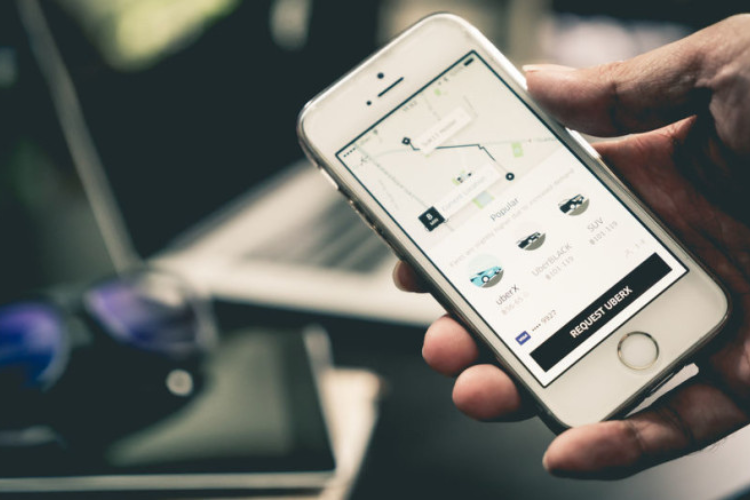
Uber, a ride-hailing company has introduced several new safety features for both riders and drivers, including a new audio recording feature for its mobile app. This feature allows users to record audio during these trips, benefitting both drivers and riders alike. It’s currently available in 14 countries, including Mexico and Brazil, and will soon undergo trials in three US cities, with plans for potential implementation in India yet to be announced.
How does this new feature work?

To activate the audio recording feature, users can tap the shield icon within the app’s Safety Toolkit and select “Record Audio”. Each trip can be individually recorded, and drivers have the option to keep the feature active while looking for rides. The rider is notified when the driver activates the recording.
How to set up and use the feature?
- The new voice recording feature in the Uber App is easy to set up. Here is a list of steps to enable the feature:
- Click on the blue shield on the map to access the Safety toolkit after the trip has started.
- Choose Audio Recording
- Allow microphone permission
- Select ‘Start’
- For future trips when the users want to record audio, they’ll just need go to into their Safety toolkit and tap ‘start’ to begin recording.
Uber ensures that audio files are end-to-end encrypted and no one including Uber will be able to access the file. These recordings are stored solely on the users’ devices, and users have the choice to attach them to a safety report submitted to Uber. In such cases, Uber decrypts and reviews the audio, along with other pertinent information, to ascertain the incident and appropriate action.
Notably, Uber asserts that unless users choose to share the audio file, Uber has no involvement with the recorded data. The file remains exclusively on the user’s device, reaffirming the user’s control over its usage.
The company revealed that in Brazil, about 70% of surveyed riders and drivers expressed feeling safer with this feature. While it’s yet to be administered in India, its potential implementation could address safety concerns, considering safety is the major concern in India.